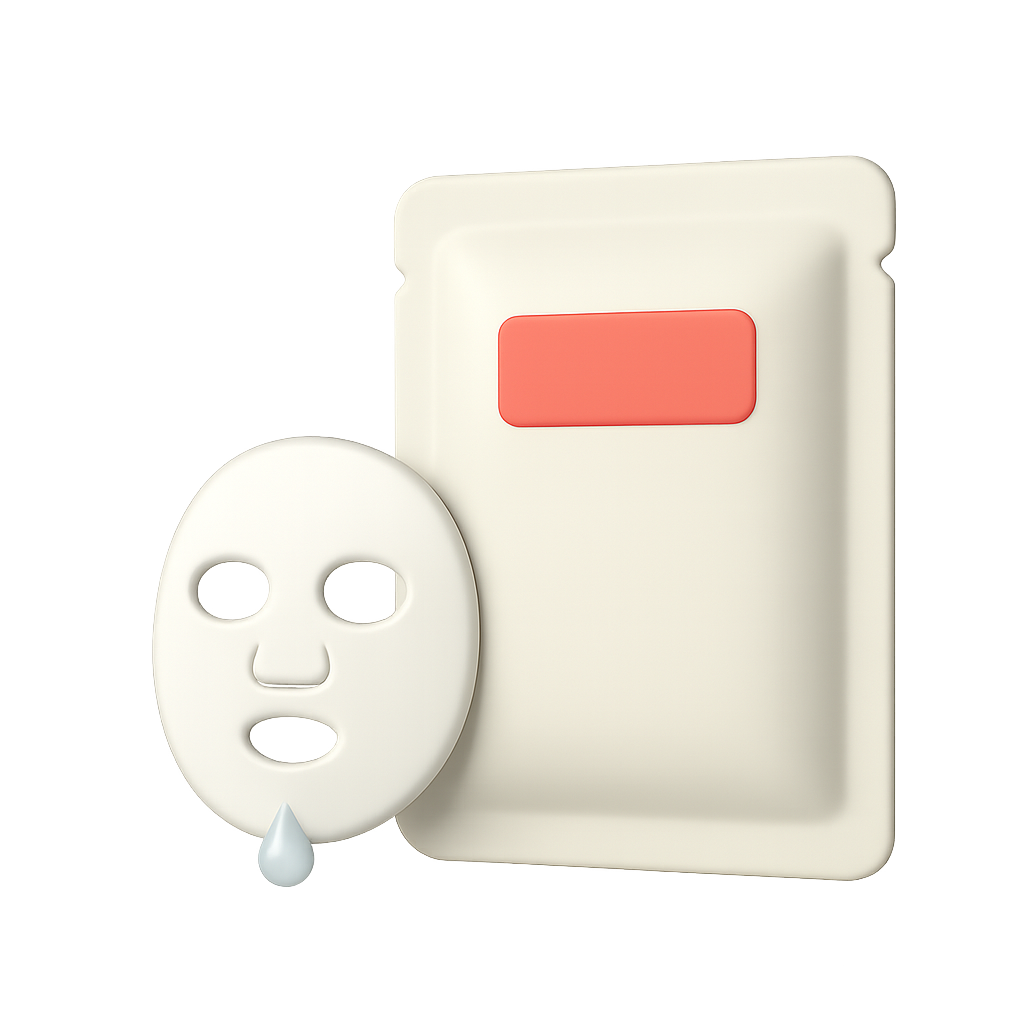Blog
Ultrasound (POCUS) Is Changing Injectables: “Scan Before You Inject”

High-frequency ultrasound (HFUS/POCUS) is shifting from “nice-to-have” to standard equipment because it improves accuracy and safety. Recent reviews show ultrasound enhances vascular mapping, plane control, filler localization, and early complication detection—especially valuable in high-risk zones and revision/correction cases.
What changes in practice?

Precise vascular avoidance: With color Doppler, map facial vessels patient-by-patient and verify the target plane in real time → lower intravascular/plane-error risk.
Filler detection & aftercare: Visualize location/plane/distribution of prior HA to guide corrections or hyaluronidase dissolution.
Faster complication response: For suspected occlusion, confirm perfusion and enact high-dose hyaluronidase algorithms immediately.
Clinic checklist
Standardize “scan→inject”: Mark target, verify vessels/plane with B-mode/Doppler, and adjust vectors; document as a team SOP.
High-risk protocols: Pre-define preferred planes and device choice (cannula/needle) for tear trough, perinasal/perioral, upper face.
Post-treatment HFUS: Re-check distribution/plane/nodules; use findings to guide micro-top-ups or dissolution.
Emergency drills: Suspect signs→immediate scan→hyaluronidase plus adjuncts; run team simulations.
Only use approved devices and trained injectors. The FDA warns against consumer needle-free “hyaluron pens.”
References & Useful Links
Ultrasound improves accuracy/safety in HA filler procedures (review, 2024–2025): PubMed
Best practices & sonographic anatomy for key facial zones (2024): PMC
HFUS to localize existing filler (periorbital study, 2025): PMC
Vascular occlusion management & hyaluronidase guidance (2021–2024): PMC+1
FDA consumer warning on “hyaluron pens”: Allure






